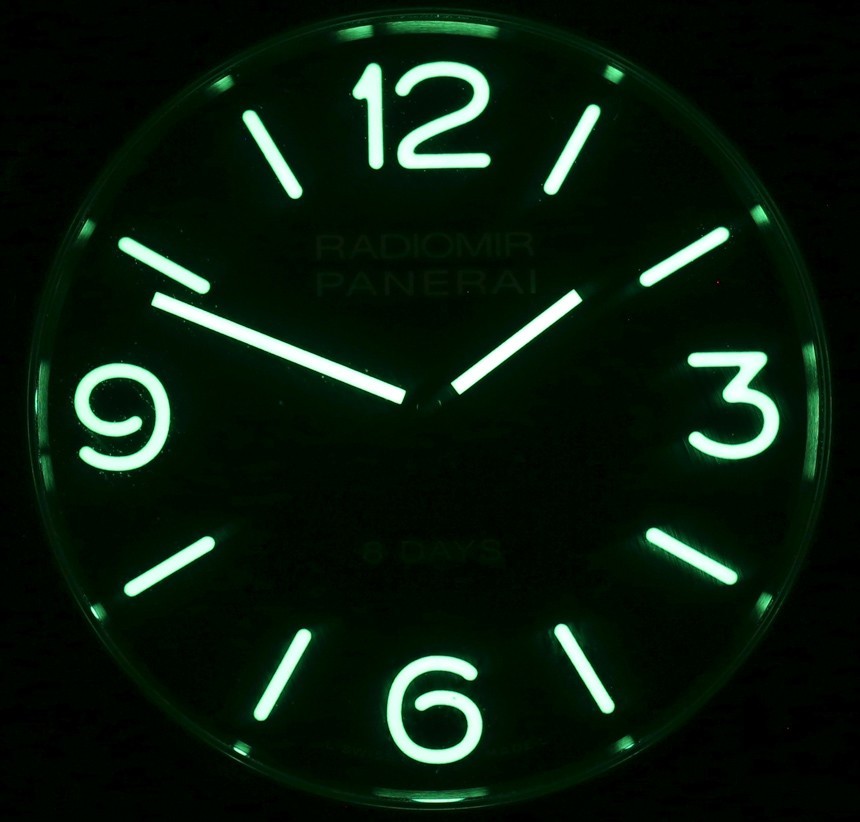
I believe that by regurgitating relatively stagnant designs today, watch brands are depriving themselves of “watch design inspiration” material to work with in the future. The thesis of my argument is that by not actually innovating today, many watch brands are robbing themselves of a relevant future and will find themselves with problems that are difficult to overcome. I’ve discussed this issued more in another article about the watch industry’s issue with marketing relevancy across the board. In this article to expand on the topic I’ll put this simply in a few examples and then proceed to discuss the bigger picture of how some watch brands in their current operation do so little design work these days, that they markedly risk not having anything to look back on in the future when the time comes for new products that are inspired by today. Note how illustrations throughout the article will feature examples for both stagnant and highly innovative designs.
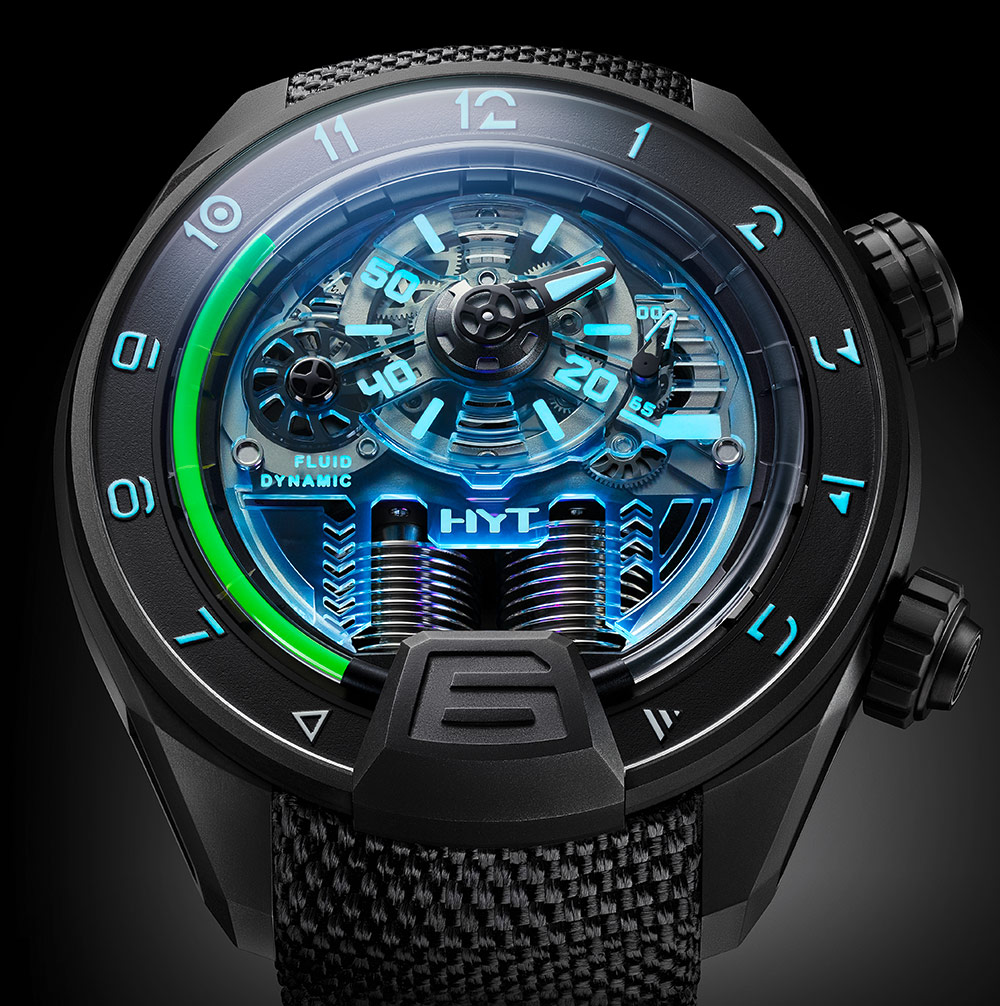
The HYT H4 Neo, positively pushing both technical and aesthetic limits. Not like anything watchmakers of the previous century ever dared to imagine.
I’ve called this issue the “straight road phenomenon” because that is the analogy I feel applies to the situation that many of today’s prestigious watch brands find themselves in – and it affects brands differently, based on their own internal culture and corporate mandates. I don’t mean to suggest that all watch brands suffer from a straight road phenomenon either. In fact, the better brands who are able to evolve and experiment when it comes to design are precisely those that should be a wake-up call to other brands which are stuck in too linear of a product direction.
Introducing this topic is complex because you need to know a lot about where today’s watch designs are coming from, though it is no secret that many new watches are inspired by historical designs. Thus, a watch released in 2016 is often inspired, in whole or in part, by a watch produced in the last 100 years – but typically before 1980. A bigger question I am asking is what will watch designers at “historic” brands in the year 2050 use as inspiration? Their watches from 1960 might be utterly played out. Will they find anything significant to inspire them for 2050 products that were invented in the year 2015?
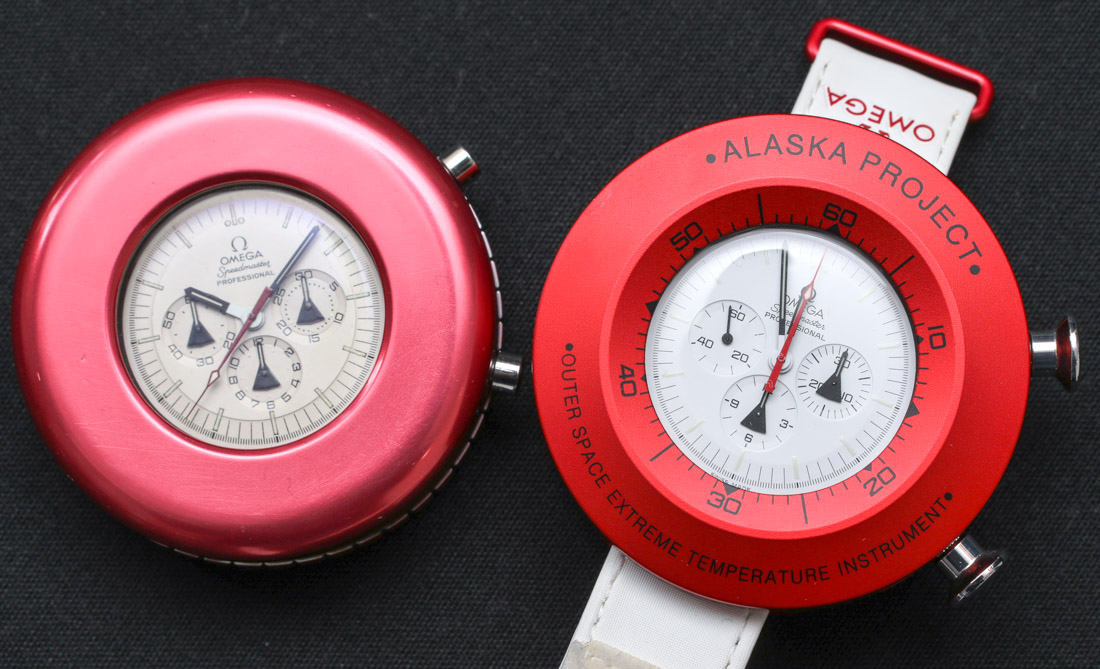
One excellent example of the quirky, odd-one-out historical piece inspiring a modern model: the Omega Speedmaster Alaska Project.
Let’s talk about why this situation exists in the first place. Many new watches are direct consequences of historic designs which the brand has mandated should not be significantly (or at all) changed. This does a few things. First, it helps a brand maintain what they call “brand design DNA” (in other words, a visual look that ties a product to a brand it is part of), and second, it helps a brand hold on to any relevant “historical legitimacy.” A star product is something like the Omega Speedmaster Moonwatch
or the Rolex Submariner. This notion of “design maintenance” helps justify a brand as a timeless watchmaker because both the brand and designs have been tested by time and consumers. You see a lot of this when brands claim something tantamount to “you should take this design seriously today, because it is really something we invented back in 1955.”
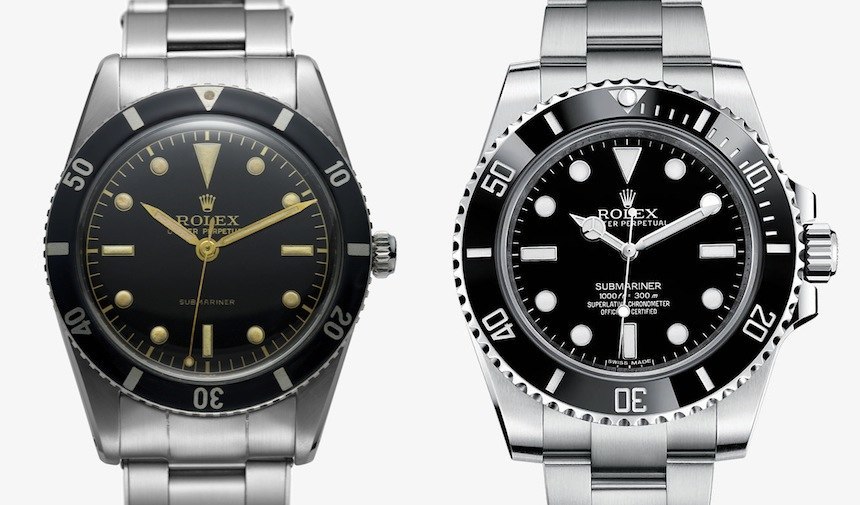
Some designs are deservedly iconic: these are globally recognized – and copied. Here, the first Rolex Submariner of 1957, next to the latest version from 2012.
The basic assumptions I am making for the straight road phenomenon are two-fold. First, that many watchmakers have an internal design mandate to strictly maintain a look and feel it believes communicates the aesthetic values of the brand, and second, that deviation from this is a bad thing. In other words, they ensure that design changes, if any, are slight and subtle. Furthermore, watchmakers believe focus on their past is the only way of moving into the future. This is where the straight road analogy comes in, because it’s like driving a car without using the steering wheel.
Imagine a watch brand is like a car driving on a road. Driving straight implies moving forward, but in the same direction without wavering. This means they take the same ideas or set of ideas and use them again and again without significant deviation or change. This does have the benefit of allowing a brand at least temporarily to maintain consistency, but what does it do to the long term outlook? How many products out there can maintain demand without changing or evolving? I’d argue very few.
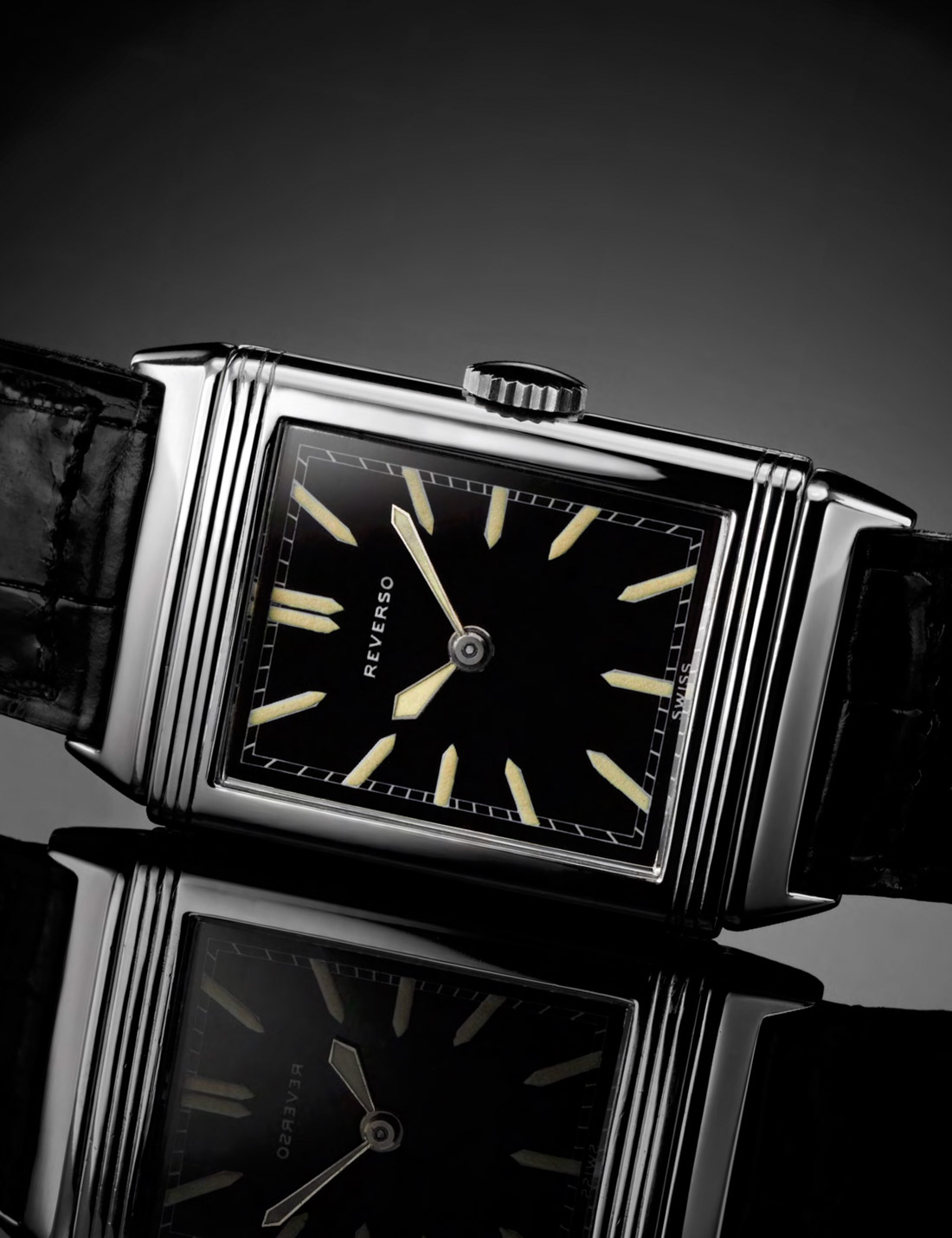
Design or product evolution in the straight road analogy would be turning in one direction or another, which isn’t possible on a straight road. Only minor swerves with eventual course corrections are allowed. These minor swerves represent small and usually temporary changes a brand makes when it comes to their core personality or direction. A slightly different product or design represents a swerve while driving along a straight road. Anything radical or unique would be a turn altogether.
The straight road direction works if you have a winning formula and you want it to keep going. With that said, this formula usually cannot be continued in perpetuity. This goes hand-in-hand with the watch industry’s mostly conservative stance to design and how they run their business – despite their regular claims of “innovation.” In other words, the same direction is often seen as the safest direction. Change is hard and scary remember?
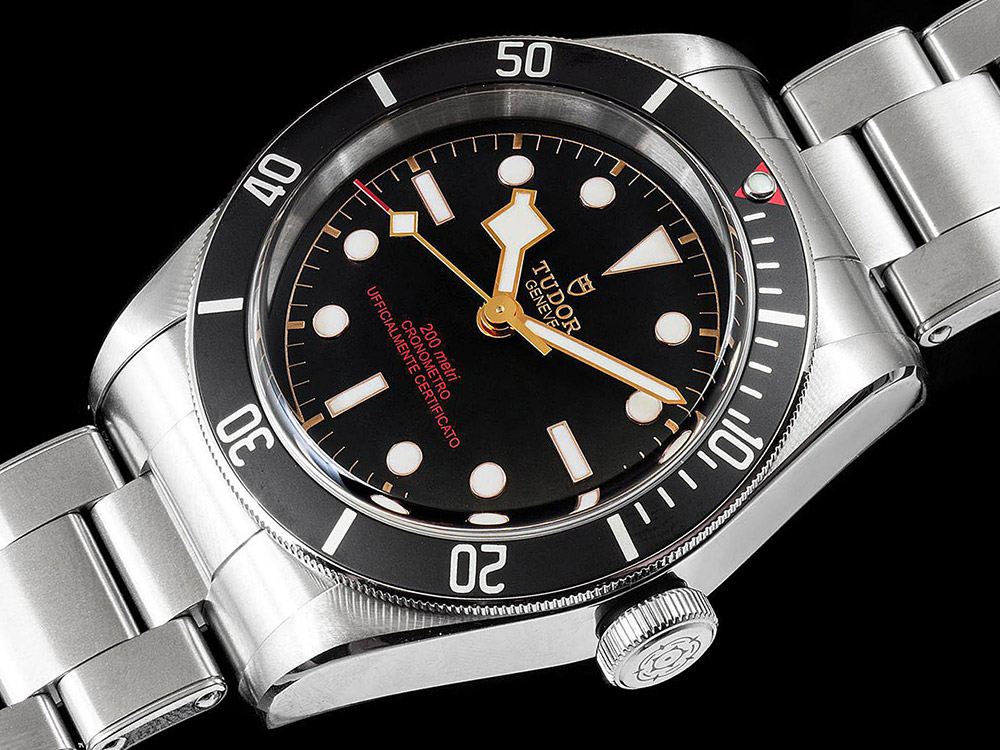
Nevertheless, many brands today only offer “innovation” as a slight revision of what is current, or more often by looking to their own past. They feel that remaking something from the past is safe, because someone else took the risk of experimentation long ago, and that remaking these designs today, in whole or in part, is safe.
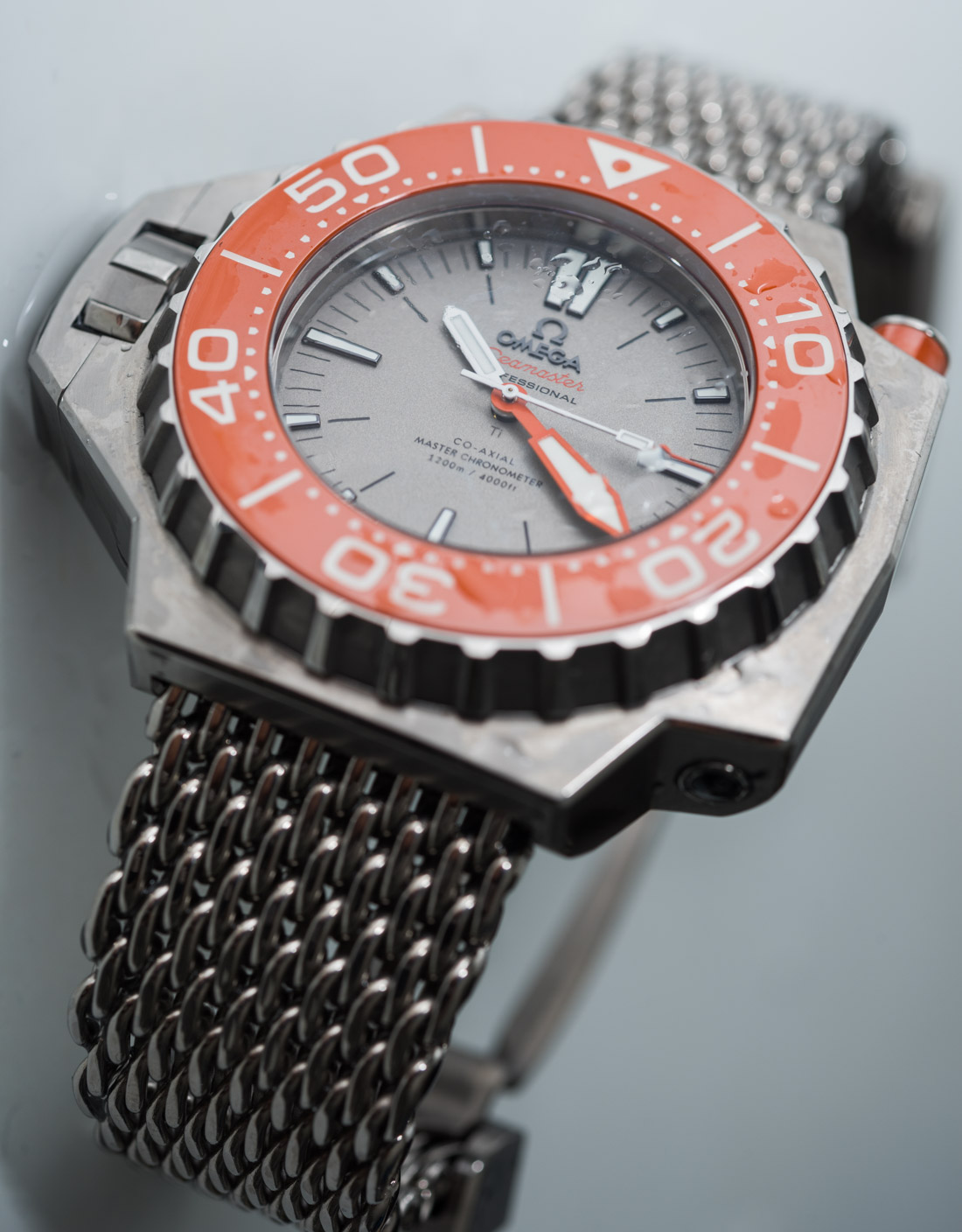
Mind you that this “past” I am speaking about was far less conservative and more open to ideas. The first 80 or so years of the wrist watch saw incredible amounts of technical and design experimentation complete with evolutionary dead-ends, missteps, and bold levels of experimentation. Historically speaking, the straight road phenomenon more or less did not exist – only in much more trivial ways. Some of the most conservative brands today such as Rolex and Patek Philippe have incredible histories of product experimentation and evolution. Omega for instance today seems to have a bottomless pit of experimental designs from the past to look at when trying to think about how to come up with a new product that has some “design legitimacy.”
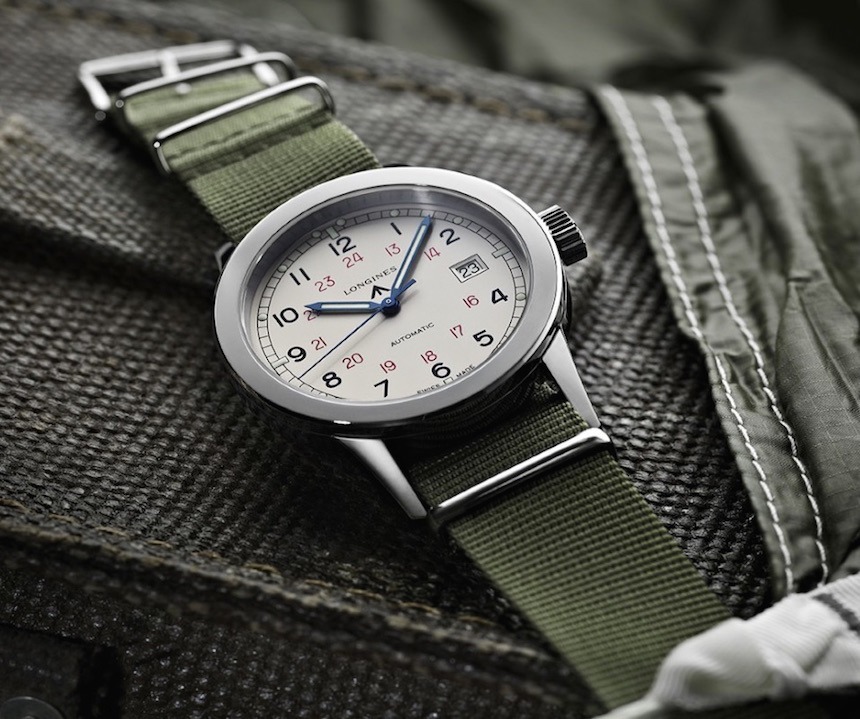
The question for me is how much longer the watch industry can focus on regurgitating its more liberal past, if they aren’t experimenting with designs today? The richness of how often and easily the watch industry experimented with new designs and released unproven concepts in the past is a major reason why the watch industry today has so much material to work with. The problem is that so little design experimentation or risk is taken today – especially among the brands which need it the most. And they experiment less because they are unwilling to incorporate risk, even when risk and creativity seems to be what gets luxury watch consumers interested in the first place.

